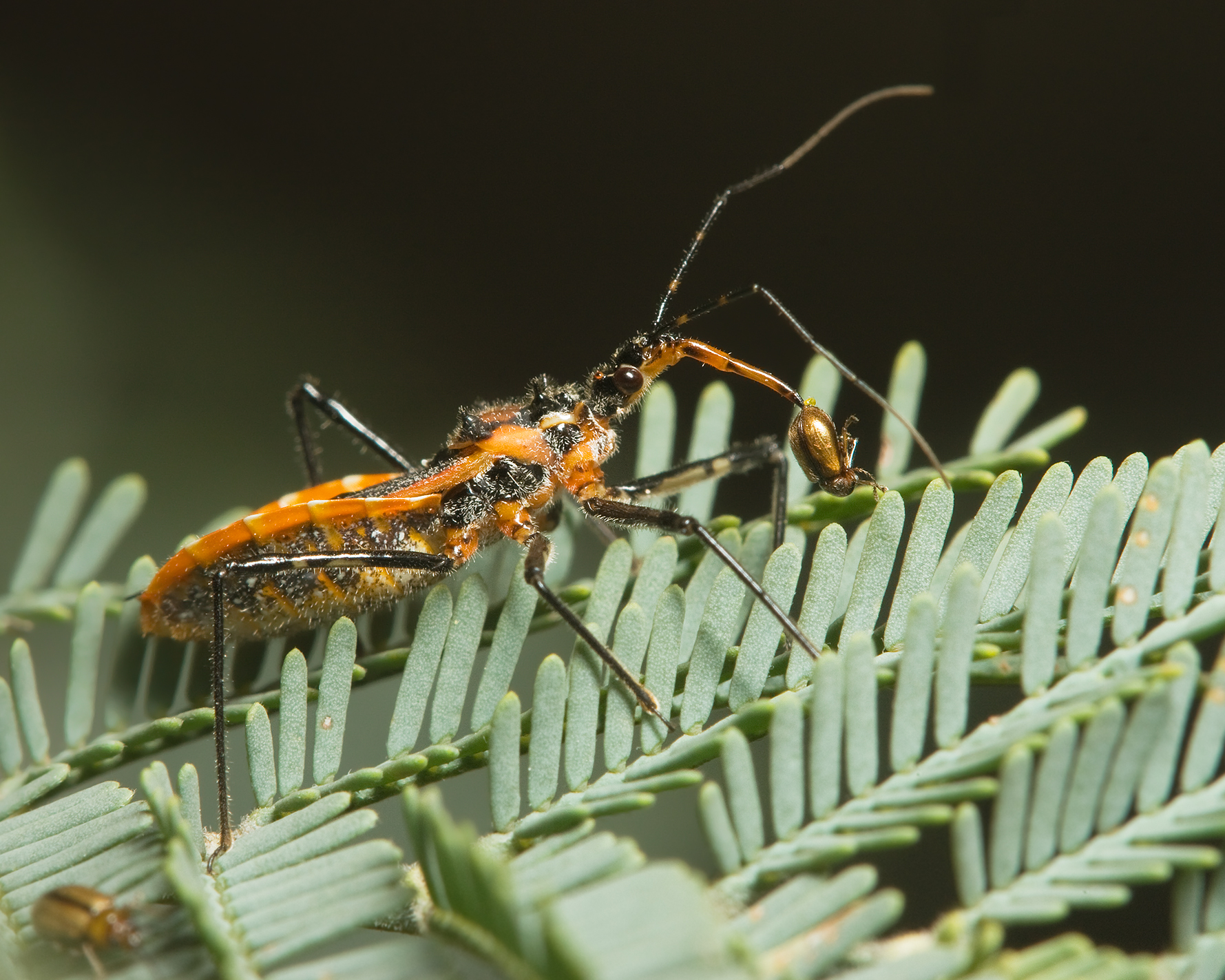|
Acanthaspis Siva
''Acanthaspis siva'' is a species of Reduviidae, assassin bug. Nymphs of this species engage in the camouflaging behavior common to other species of ''Acanthaspis''. In ''A. siva'', camouflaging appears to reduce the chance that a nymph will be cannibalized by its coinstars. References {{Taxonbar, from=Q4671863 Endemic arthropods of India Reduviidae Insects described in 1902 Taxa named by William Lucas Distant ... [...More Info...] [...Related Items...] OR: [Wikipedia] [Google] [Baidu] |
William Lucas Distant
William Lucas Distant (12 November 1845 Rotherhithe – 4 February 1922 Wanstead) was an English entomologist. Biography Early years Distant was born in Rotherhithe, the son of whaling captain Alexander Distantspecies:B.R. Subba Rao, Rao, B.R. Subba (1998) ''History of Entomology in India''. Institution of Agricultural Technologists, Bangalore. and his wife, Sarah Ann Distant (née Berry). Following his father's death in 1867, a trip to the Malay Peninsula to visit his older brother, also named Alexander and a ship's captain, aroused his interest in natural history, and resulted in the publication of ''Rhopalocera Malayana'' (1882–1886), a description of the butterflies of the Malay Peninsula. (He considered 5 August 1867 as the most eventful day in his life). Career Much of Distant's early life was spent working in a London tannery, and while employed there he made two long visits to the South African Republic, Transvaal. The first resulted in the publication of ''A Natu ... [...More Info...] [...Related Items...] OR: [Wikipedia] [Google] [Baidu] |
Reduviidae
The Reduviidae is a large Cosmopolitan distribution, cosmopolitan family of the suborder Heteroptera of the Order (biology), order Hemiptera (true bugs). Among the Hemiptera and together with the Nabidae almost all species are terrestrial ambush predators; most other predatory Hemiptera are aquatic. The main examples of non-predatory Reduviidae are some blood-sucking Parasitic nutrition#Ectoparasitism, ectoparasites in the subfamily Triatominae, with a few species from South America noted for their ability to transmit Chagas disease. Though spectacular exceptions are known, most members of the family are fairly easily recognizable: they have a relatively narrow neck, sturdy build, and formidable curved proboscis (sometimes called a Rostrum (anatomy), rostrum). Large specimens should be handled with caution, if at all, because they sometimes defend themselves with a very painful stab from the proboscis. Taxonomy The family members are almost all predatory, except for a few blood-su ... [...More Info...] [...Related Items...] OR: [Wikipedia] [Google] [Baidu] |
Endemic Arthropods Of India
Endemism is the state of a species being found only in a single defined geographic location, such as an island, state, nation, country or other defined zone; organisms that are indigenous to a place are not endemic to it if they are also found elsewhere. For example, the Cape sugarbird is found exclusively in southwestern South Africa and is therefore said to be ''endemic'' to that particular part of the world. An endemic species can also be referred to as an ''endemism'' or, in scientific literature, as an ''endemite''. Similarly, many species found in the Western ghats of India are examples of endemism. Endemism is an important concept in conservation biology for measuring biodiversity in a particular place and evaluating the risk of extinction for species. Endemism is also of interest in evolutionary biology, because it provides clues about how changes in the environment cause species to undergo range shifts (potentially expanding their range into a larger area or becomin ... [...More Info...] [...Related Items...] OR: [Wikipedia] [Google] [Baidu] |
Insects Described In 1902
Insects (from Latin ') are Hexapoda, hexapod invertebrates of the class (biology), class Insecta. They are the largest group within the arthropod phylum. Insects have a chitinous exoskeleton, a three-part body (Insect morphology#Head, head, Thorax (insect anatomy), thorax and abdomen (insect anatomy), abdomen), three pairs of jointed Arthropod leg, legs, compound eyes, and a pair of antenna (biology), antennae. Insects are the most diverse group of animals, with more than a million described species; they represent more than half of all animal species. The insect nervous system consists of a insect brain, brain and a ventral nerve cord. Most insects reproduce Oviparous, by laying eggs. Insects Respiratory system of insects, breathe air through a system of Spiracle (arthropods), paired openings along their sides, connected to Trachea#Invertebrates, small tubes that take air directly to the tissues. The blood therefore does not carry oxygen; it is only partly contained in ves ... [...More Info...] [...Related Items...] OR: [Wikipedia] [Google] [Baidu] |



